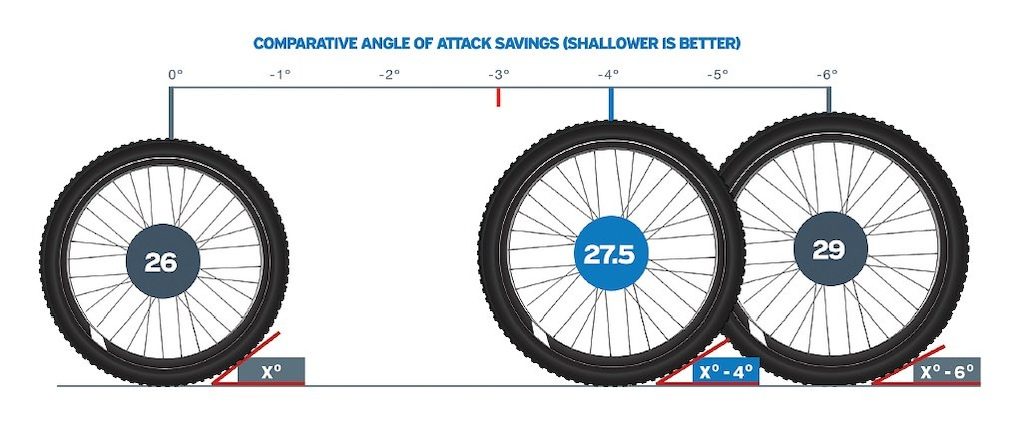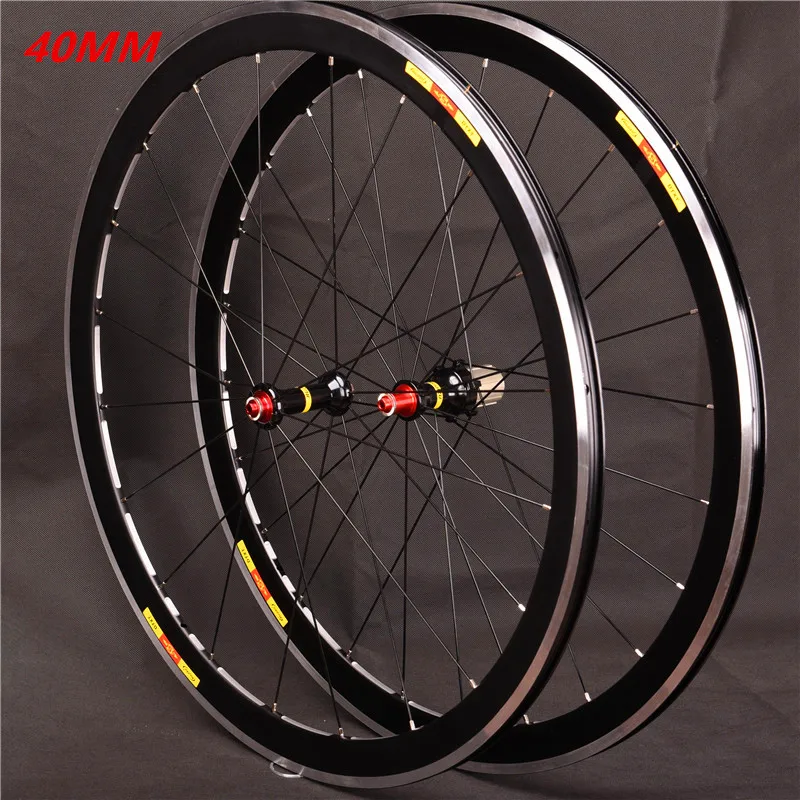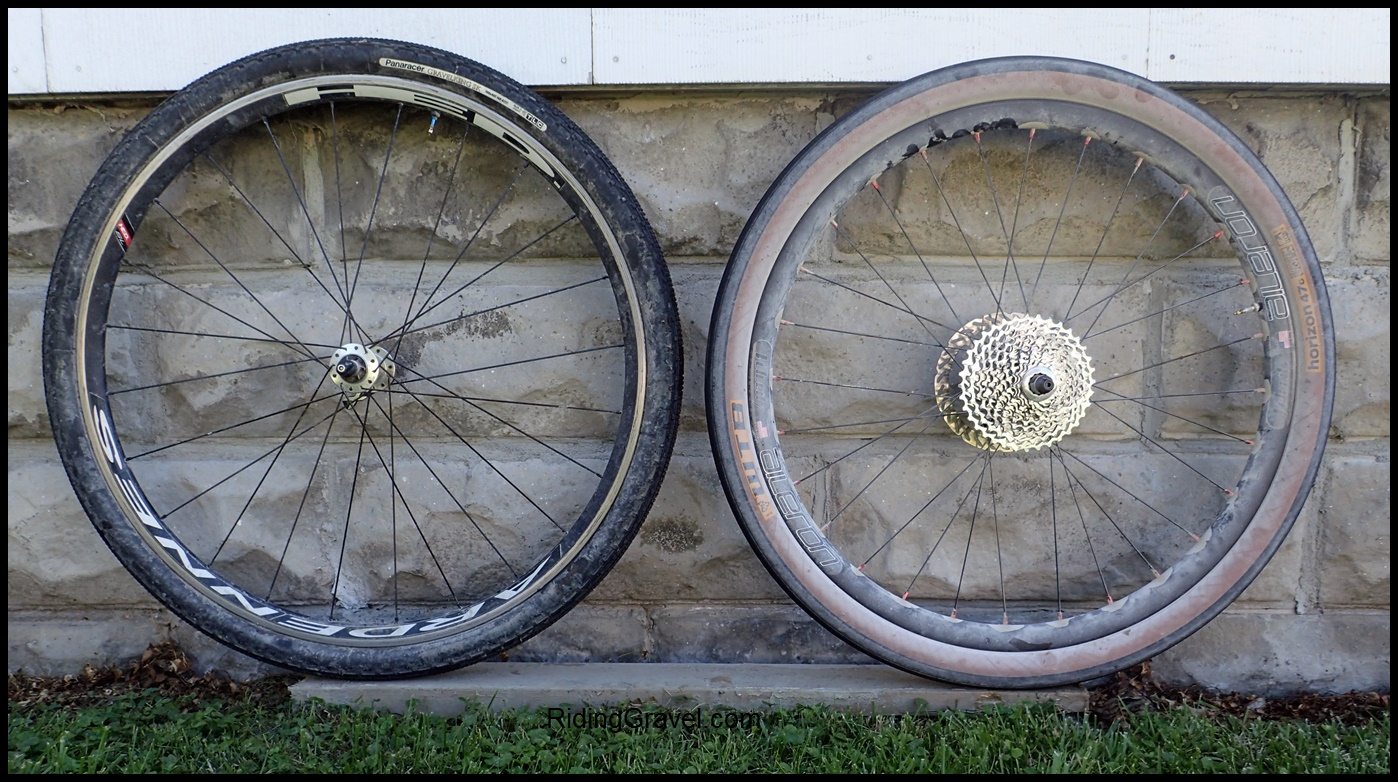Understanding Bike Wheel Sizing: A Comprehensive Guide
Bike wheel sizing is a crucial aspect of selecting the right bicycle or upgrading components for optimal performance and comfort. Various wheel diameters are available, each with specific advantages and applications. Among these, the 700c bike wheel diameter has gained popularity for its versatility and wide range of compatible frame sizes.
The 700c wheel diameter, also known as 29-inch or ISO 622 mm, is commonly used in road bikes, hybrid bikes, and even some mountain bikes. This wheel size offers increased speed, efficiency, and versatility, making it an excellent choice for various cycling disciplines. However, it is essential to understand the specifications and advantages of 700c wheels to determine if they are the right fit for your bicycle and riding style.
The Lowdown on 700c Bike Wheel Diameter: Specifications and Advantages
The 700c bike wheel diameter, with its ISO 622 mm measurement, is a popular choice for various cycling disciplines due to its versatile characteristics. Typically, 700c wheels range in width from 18 to 35 mm, with narrower wheels preferred for road bikes and wider ones for hybrid or gravel bikes. This wheel size is often compatible with frame sizes from 48 to 62 cm, making it a widely applicable option for cyclists.
Utilizing 700c wheels offers several benefits, including increased speed, efficiency, and versatility. The larger diameter allows for higher speeds and better rollover capabilities, especially on smooth surfaces. Additionally, 700c wheels typically have fewer spokes than smaller wheel sizes, reducing rotational weight and contributing to overall efficiency. The versatility of 700c wheels is evident in their use across various cycling disciplines, from road racing to touring and cyclocross.
How to Choose the Right 700c Bike Wheels for Your Bicycle
Selecting the perfect 700c bike wheels for your bicycle involves considering several factors, including frame size, riding style, and budget. By following these steps, you can ensure optimal performance and compatibility:
- Assess your frame size: Consult your bicycle’s manufacturer or a professional bike fitter to determine the appropriate frame size for your body. Once you have this information, you can narrow down your wheel options based on compatibility.
- Identify your riding style: Different wheel types excel in various riding styles. For example, aerodynamic wheels with fewer spokes are ideal for road racing, while sturdier wheels with more spokes may be better for touring or cyclocross. Consider your primary cycling activities when choosing 700c wheels.
- Establish a budget: High-quality 700c wheels can range in price significantly. Determine a budget that suits your financial needs and prioritize features such as weight, durability, and aerodynamics accordingly.
- Evaluate wheel quality: Look for wheels with reputable brands, high-quality materials, and robust construction. Check customer reviews and ratings to gauge the wheel’s performance and durability over time.
- Ensure compatibility with existing components: Verify that the new 700c wheels are compatible with your bike’s hub, brake system, and axle standards. For example, if your bicycle uses a quick-release system, ensure that the wheels also support this mechanism.
Top Picks: High-Quality 700c Bike Wheels for Smooth Rides
When searching for high-quality 700c bike wheels, consider the following options, each offering unique features, advantages, and potential drawbacks. Factors such as weight, durability, and price point are considered when comparing products.
1. Brand A 700c Clincher Wheelset
This wheelset boasts a lightweight design and excellent aerodynamics, making it an ideal choice for road cyclists. The durable rim ensures long-lasting performance, while the high-quality bearings reduce rolling resistance. However, the price point may be prohibitive for budget-conscious cyclists.
2. Brand B 700c Tubeless Wheelset
Featuring a tubeless design, this wheelset reduces the risk of punctures and allows for lower tire pressure, enhancing comfort on long rides. The wide rim profile provides better traction and stability, but the conversion to tubeless may require additional investment in valves and sealant.
3. Brand C 700c Aero Wheelset
With a focus on aerodynamics, this wheelset is designed for speed and efficiency. The deep-section rims slice through the air, reducing drag and increasing overall speed. However, the heavier weight may impact handling and acceleration, particularly on hilly terrain.
4. Brand D 700c Gravel Wheelset
Ideal for cyclocross and gravel riding, this wheelset features a sturdy construction and wide rim profile, accommodating larger tires for better traction and comfort. The additional spokes improve durability, but the increased weight may affect overall speed and efficiency.
5. Brand E 700c Affordable Wheelset
An excellent option for budget-conscious cyclists, this wheelset offers decent performance at an affordable price. While not as lightweight or durable as higher-end models, it provides a suitable entry point for those looking to upgrade their bike without breaking the bank.
Maintaining Your 700c Bike Wheels: Tips for Longevity and Performance
Proper maintenance of your 700c bike wheels is essential for ensuring longevity, performance, and safety. Follow these tips to keep your wheels in top condition:
1. Regular Cleaning:
Clean your wheels after every ride, especially if you’ve encountered mud, dirt, or grime. Use a mild detergent, warm water, and a soft brush to gently scrub the rim, spokes, and hub. Rinse thoroughly and dry to prevent corrosion and damage.
2. Inspection:
Regularly inspect your wheels for signs of wear, damage, or loose components. Check the rim for dents, cracks, or wear indicators, and ensure that the spokes are tight and evenly tensioned. Inspect the hub bearings for smooth rotation and replace them if necessary.
3. Wheel Truing:
Over time, your wheels may become misaligned or warped, affecting their performance and balance. If you notice a wobble or uneven wear, consider having your wheels trued by a professional mechanic. This process involves straightening the rim and adjusting spoke tension to ensure even contact with the brake pads and tire.
4. Bearing Maintenance:
Hub bearings require regular maintenance to prevent wear and failure. Disassemble the hub, clean the bearings and races, and apply a high-quality grease to ensure smooth operation. Reassemble the hub, checking for any signs of damage or wear during the process.
5. Tire Replacement:
Inspect your tires for signs of wear, such as bald spots, cuts, or punctures. Replace your tires when necessary to maintain traction, grip, and puncture resistance. When replacing tires, ensure that they are compatible with your 700c bike wheel diameter and meet your riding style requirements.
Upgrading Your Bike with 700c Wheels: Enhancing Performance and Style
Upgrading your bike with 700c wheels can offer several benefits, including improved performance and enhanced aesthetics. However, it is essential to consider compatibility and the potential impact on overall bike handling and balance.
1. Performance Benefits:
Larger 700c wheels can provide increased speed, efficiency, and versatility. The larger diameter allows for better rollover capabilities, especially on smooth surfaces, and the potential for lower rolling resistance. Additionally, 700c wheels often have fewer spokes than smaller wheel sizes, reducing rotational weight and contributing to overall efficiency.
2. Aesthetic Benefits:
Upgrading to 700c wheels can also enhance the appearance of your bicycle. Larger wheels can create a sleeker, more modern look, making your bike stand out from the crowd. This aesthetic upgrade can be particularly appealing for road bikes, touring bikes, and hybrid bikes.
3. Compatibility Concerns:
Before upgrading to 700c wheels, ensure that your bike frame and fork can accommodate the larger diameter. Check the manufacturer’s specifications or consult a professional bike mechanic to verify compatibility. Additionally, consider the impact on brake reach, as some older or entry-level bikes may require longer brake caliper arms or specialized brakes to accommodate 700c wheels.
4. Handling and Balance:
Upgrading to 700c wheels may affect your bike’s handling and balance, particularly if you are transitioning from a smaller wheel size. Larger wheels can alter the bike’s center of gravity, potentially impacting stability and maneuverability. Test ride your bike with the new wheels to ensure that you are comfortable with the changes and can maintain control during various riding conditions.
Comparing 700c Wheels to Other Wheel Diameters: Pros and Cons
When selecting the ideal wheel diameter for your bike, it is essential to consider various factors, such as terrain, riding style, and bike type. While 700c wheels offer numerous benefits, other wheel sizes, like 26-inch, 27.5-inch, and 29-inch, also have their advantages and disadvantages.
1. 26-inch Wheels:
Traditionally used on mountain bikes, 26-inch wheels provide excellent maneuverability and are well-suited for tight trails and technical terrain. However, they may offer reduced rollover capabilities and slower top speeds compared to larger wheel sizes.
2. 27.5-inch Wheels:
Also known as 650b wheels, 27.5-inch wheels strike a balance between the agility of 26-inch wheels and the rollover capabilities of 29-inch wheels. They are versatile and suitable for various terrains, making them a popular choice for trail and enduro mountain bikes.
3. 29-inch Wheels:
Larger 29-inch wheels, also known as 700c wheels in the road cycling world, provide better rollover capabilities, increased traction, and reduced rolling resistance. They are ideal for cross-country and endurance mountain biking but may be less agile in tight trails or technical terrain.
4. Selecting the Right Wheel Diameter:
When choosing the right wheel diameter, consider your riding style, bike type, and preferred terrain. For road cycling, touring, and hybrid bikes, 700c wheels are typically the best choice due to their increased speed, efficiency, and versatility. For mountain biking, 26-inch wheels may be preferred for technical terrain, while 27.5-inch and 29-inch wheels excel in cross-country and endurance disciplines.
The Future of Bike Wheel Diameters: Trends and Predictions
Emerging trends and technological advancements in the cycling industry continue to shape the future of bike wheel diameters. As manufacturers strive to improve performance, efficiency, and versatility, new wheel sizes and innovations may significantly impact cyclists, manufacturers, and the cycling industry as a whole.
1. Wider Wheels:
As aerodynamics and tire technology advance, wider wheels may become increasingly popular. Wider rims can provide better support for larger, wider tires, which can offer improved traction, grip, and comfort. Additionally, wider wheels can reduce rolling resistance and improve aerodynamics, making them an attractive option for road cyclists and triathletes.
2. Customizable Wheel Sizes:
In the future, we may see more customizable wheel sizes tailored to individual riders’ preferences and needs. Adjustable wheel diameters could allow cyclists to fine-tune their bike’s performance based on terrain, riding style, and bike type. This innovation could lead to more versatile bikes and a more personalized riding experience.
3. Integrated Wheel Systems:
Integrated wheel systems, where the wheel, tire, and tubeless sealant are designed and sold as a single unit, may become more common. This approach can simplify the wheel installation process, reduce maintenance time, and ensure optimal compatibility between components. Additionally, integrated wheel systems can provide better aerodynamics, puncture resistance, and overall performance.
4. Smart Wheels:
As technology advances, smart wheels equipped with sensors and connectivity features may become a reality. These wheels could monitor and analyze various performance metrics, such as speed, distance, power output, and wheel balance. By providing real-time data and insights, smart wheels can help cyclists optimize their training, improve their riding technique, and diagnose potential issues before they become significant problems.
5. Sustainable Wheel Materials:
Environmental concerns and the pursuit of sustainability may drive manufacturers to explore alternative materials for wheel construction. New, eco-friendly materials, such as recycled composites or biodegradable plastics, could reduce the environmental impact of wheel production while maintaining or even improving performance and durability.







